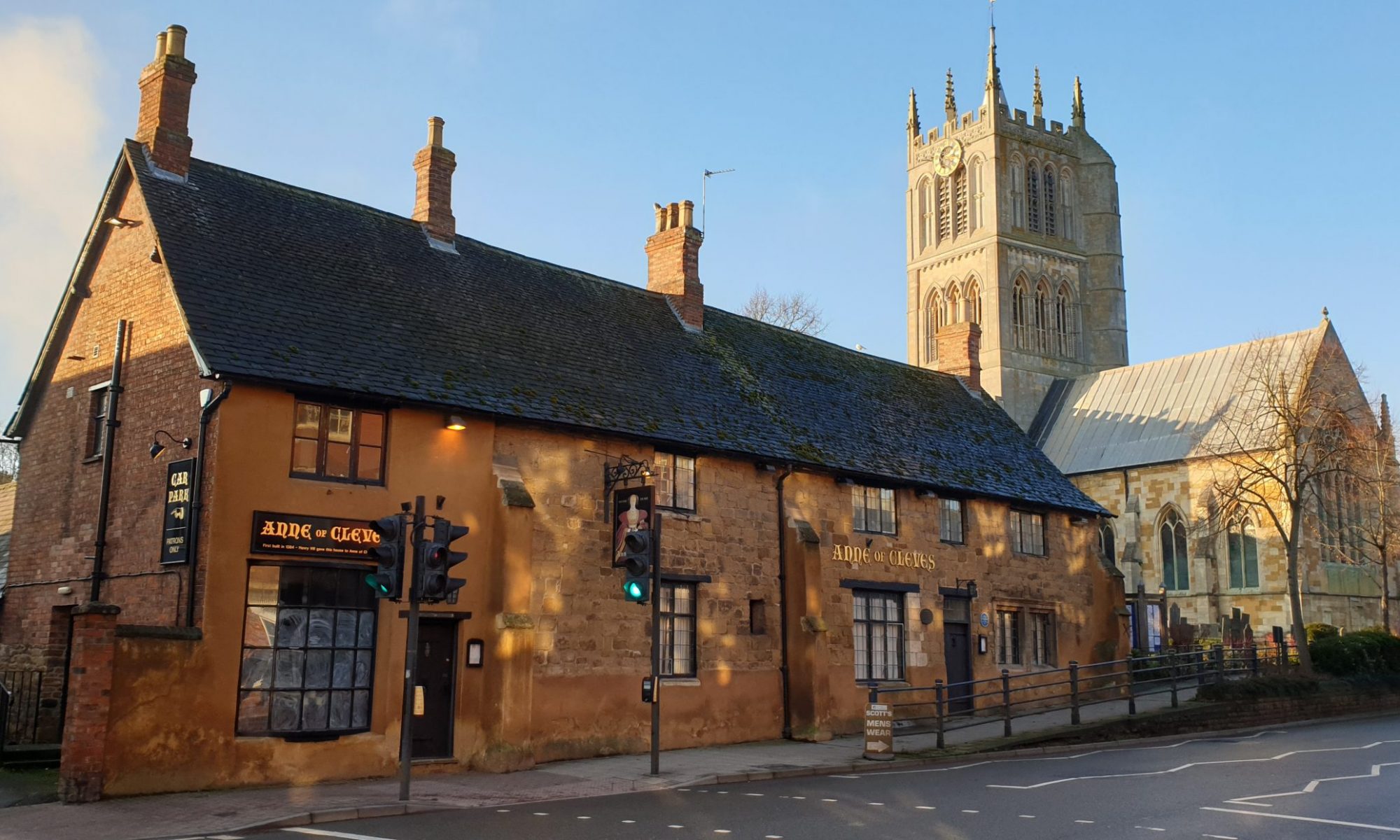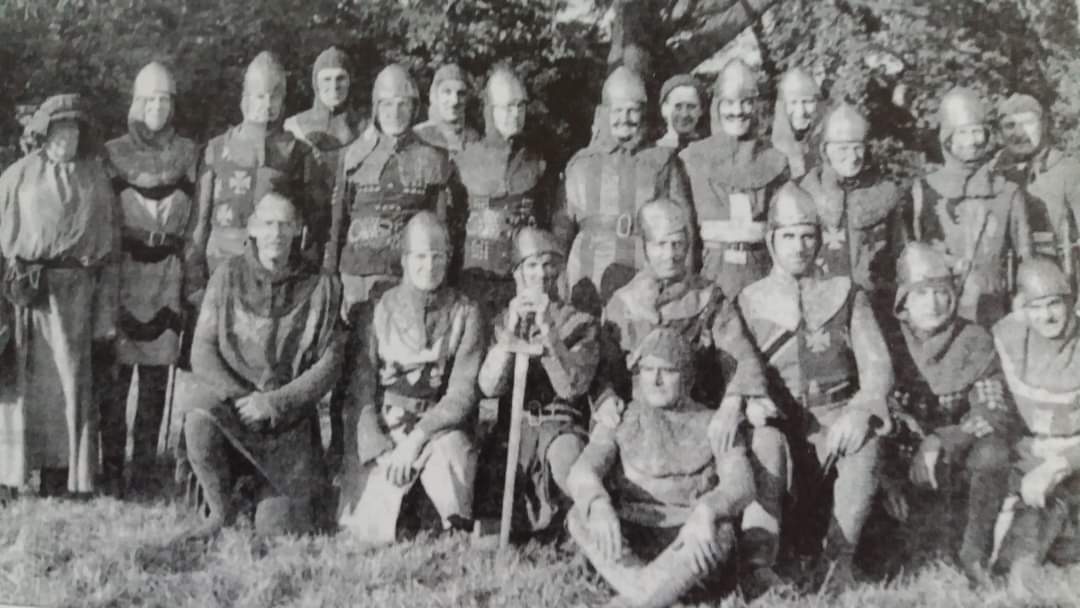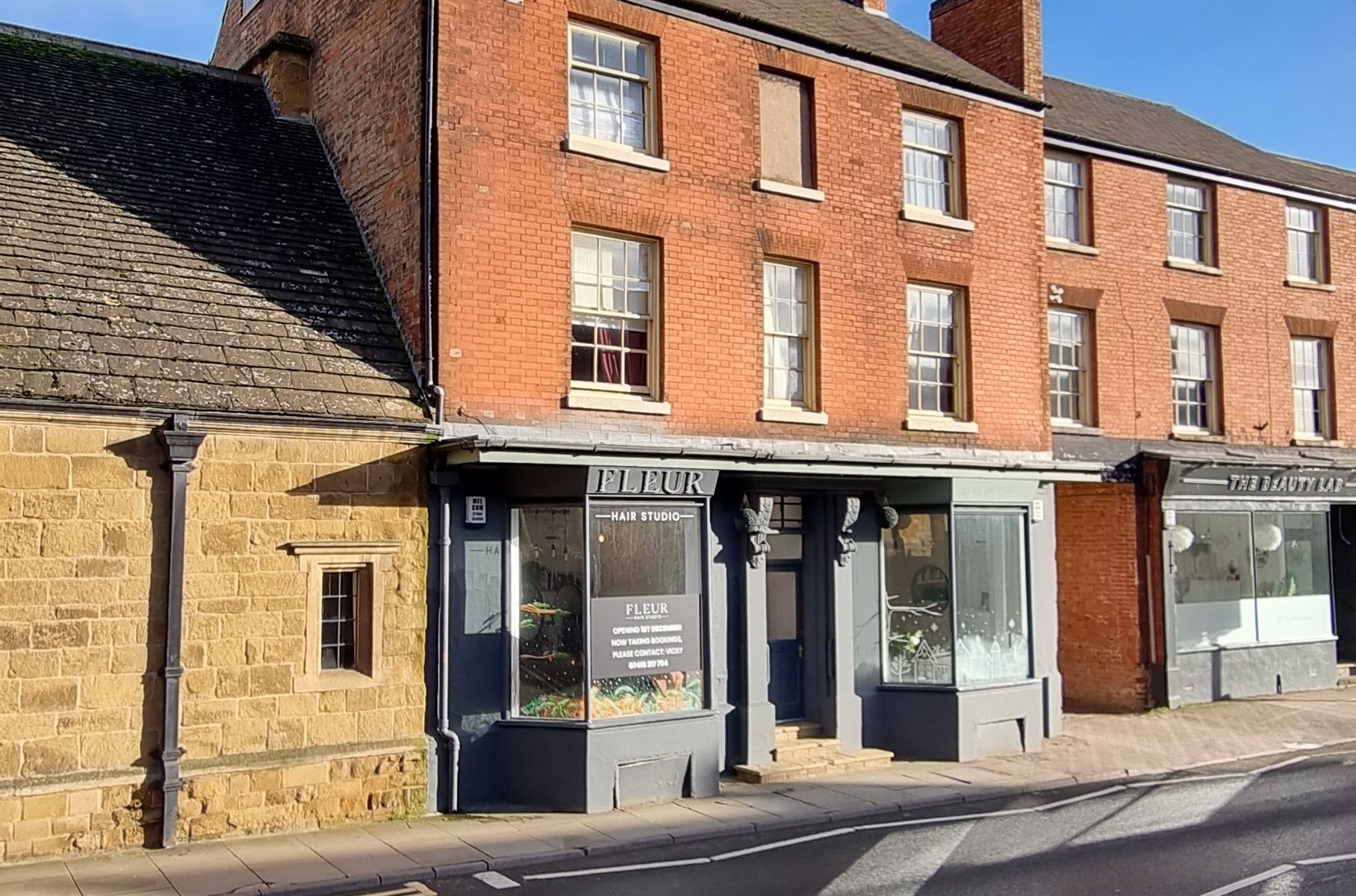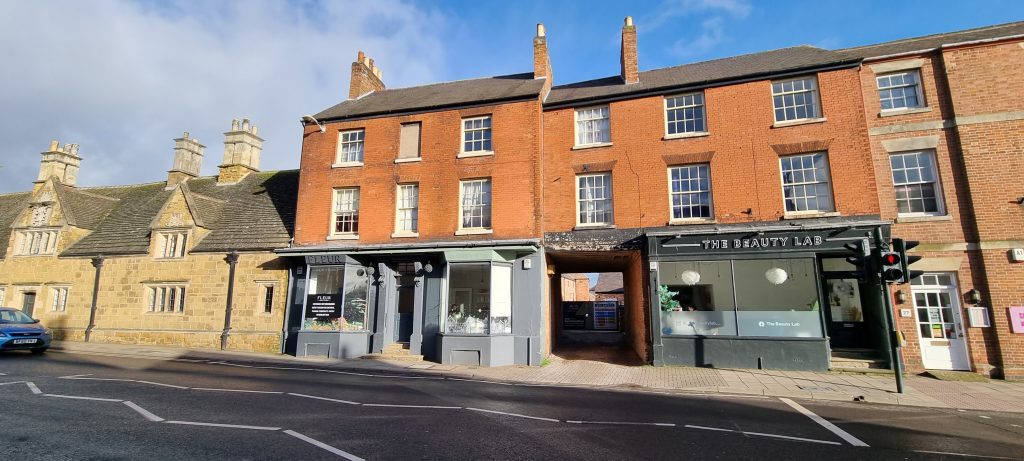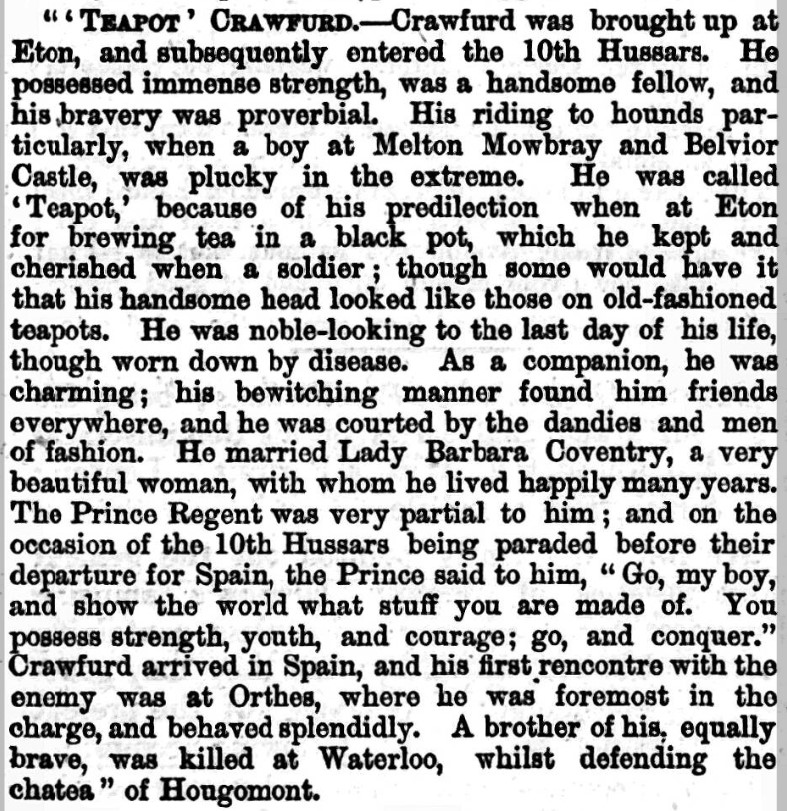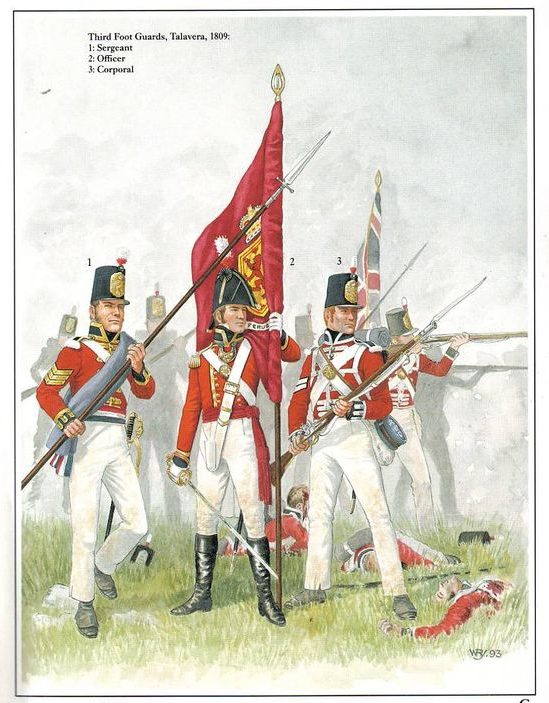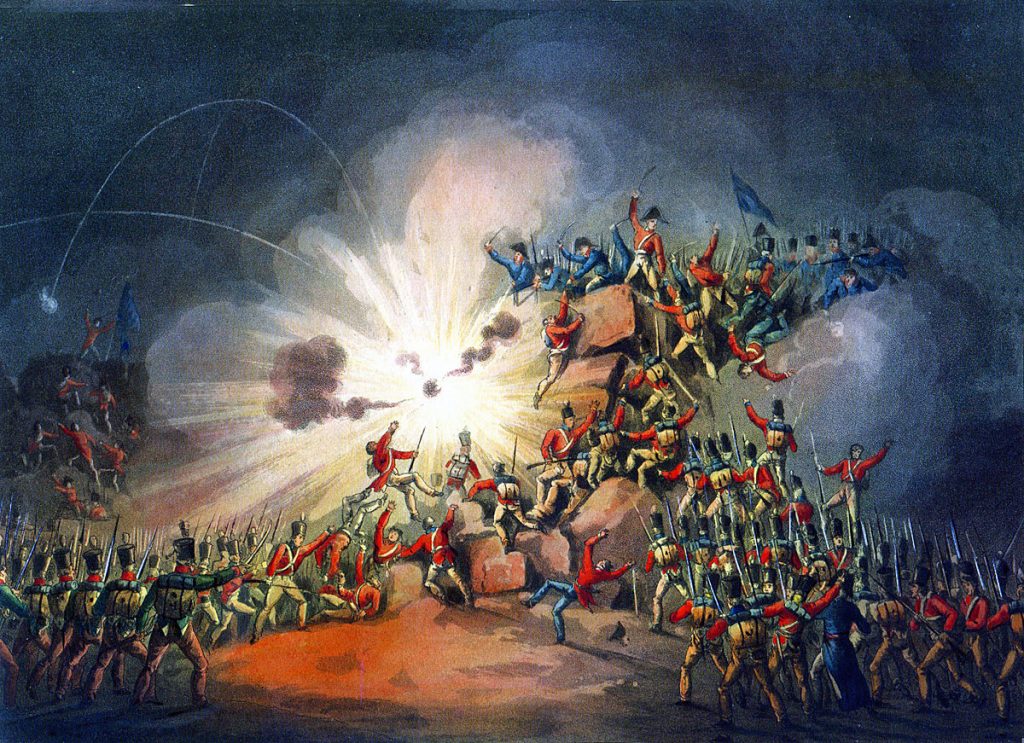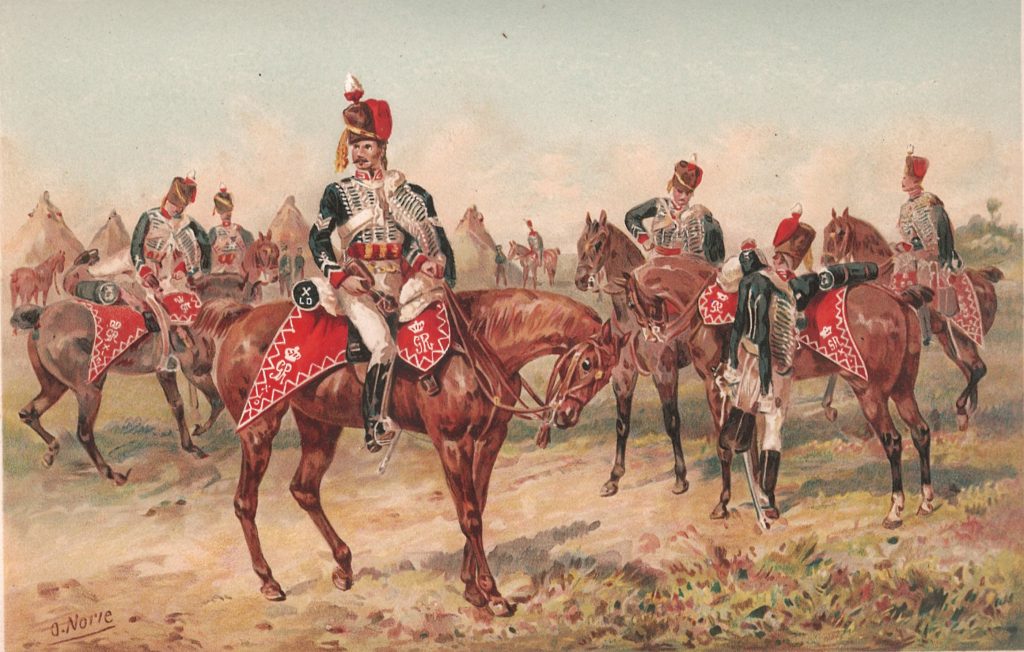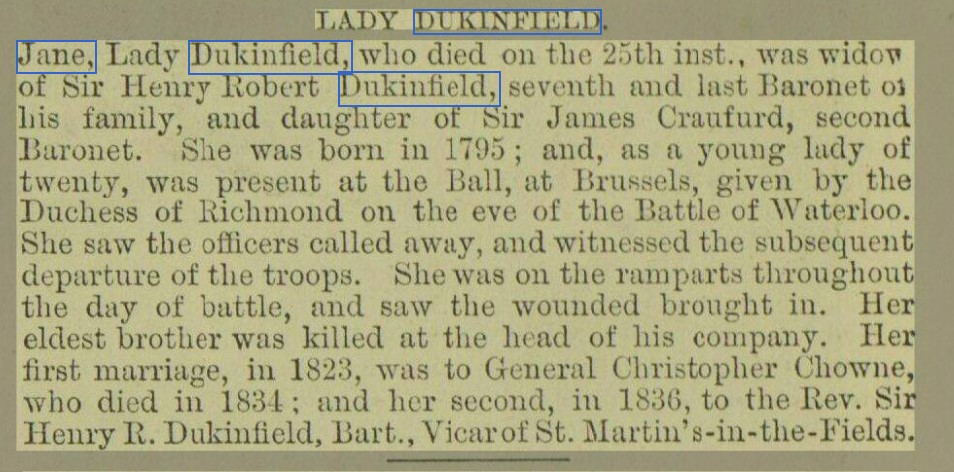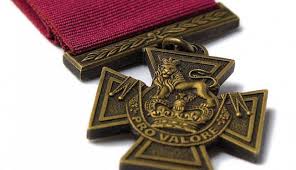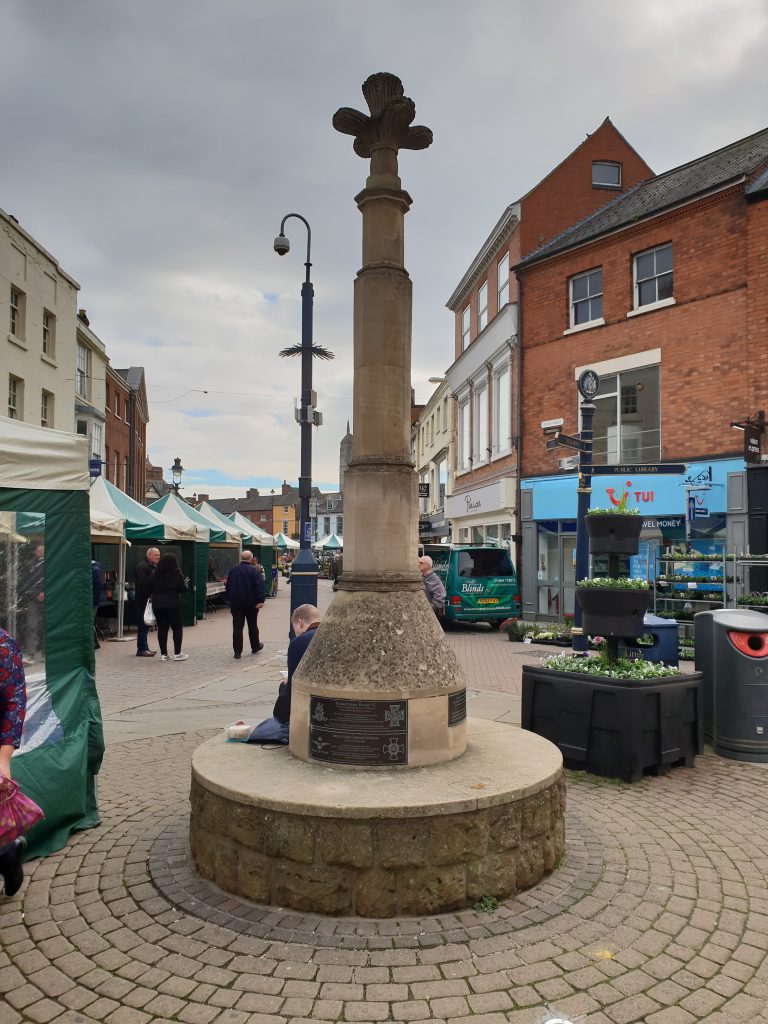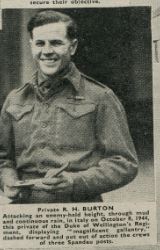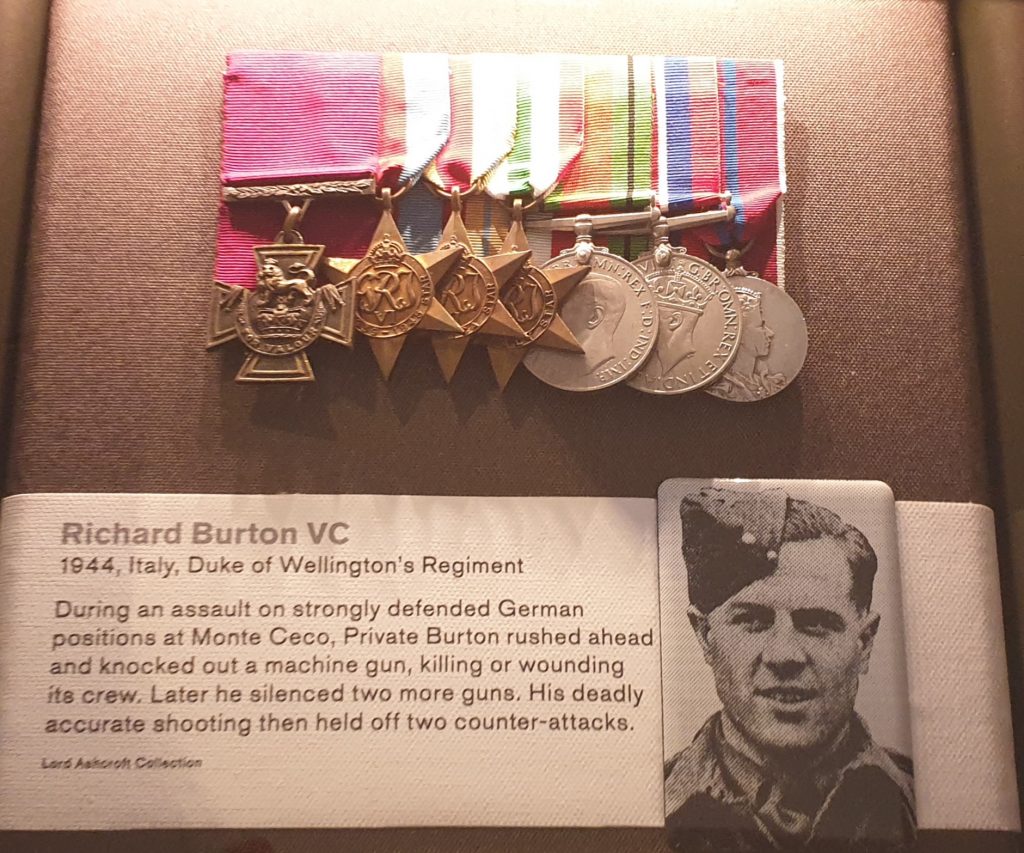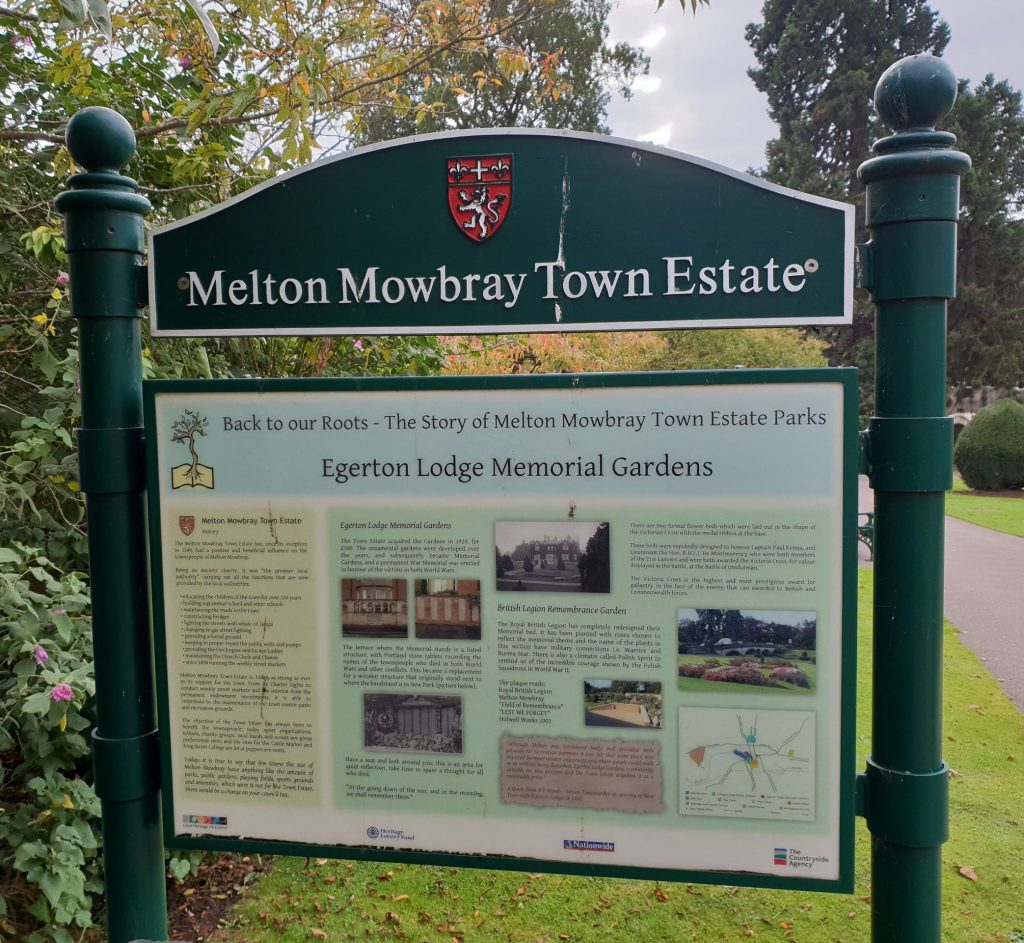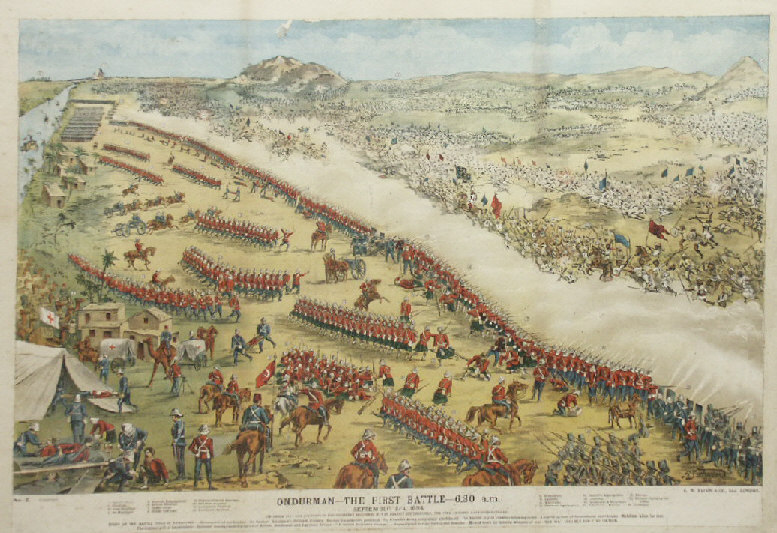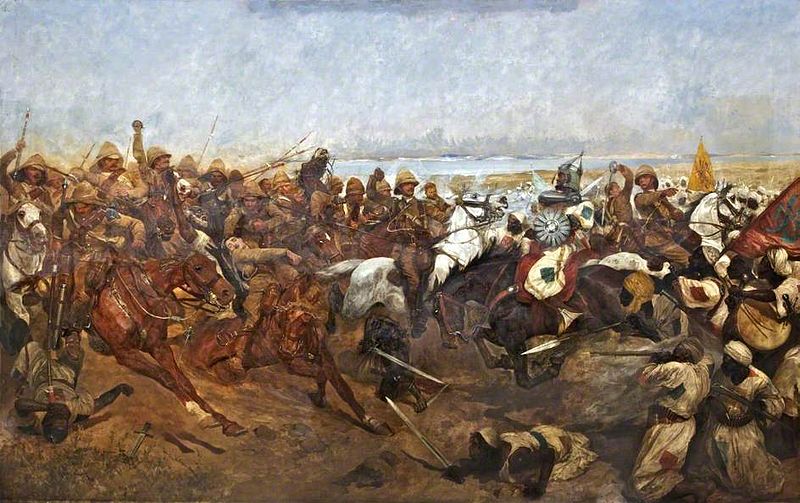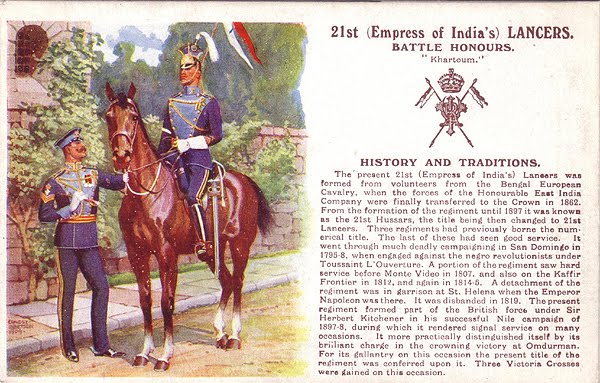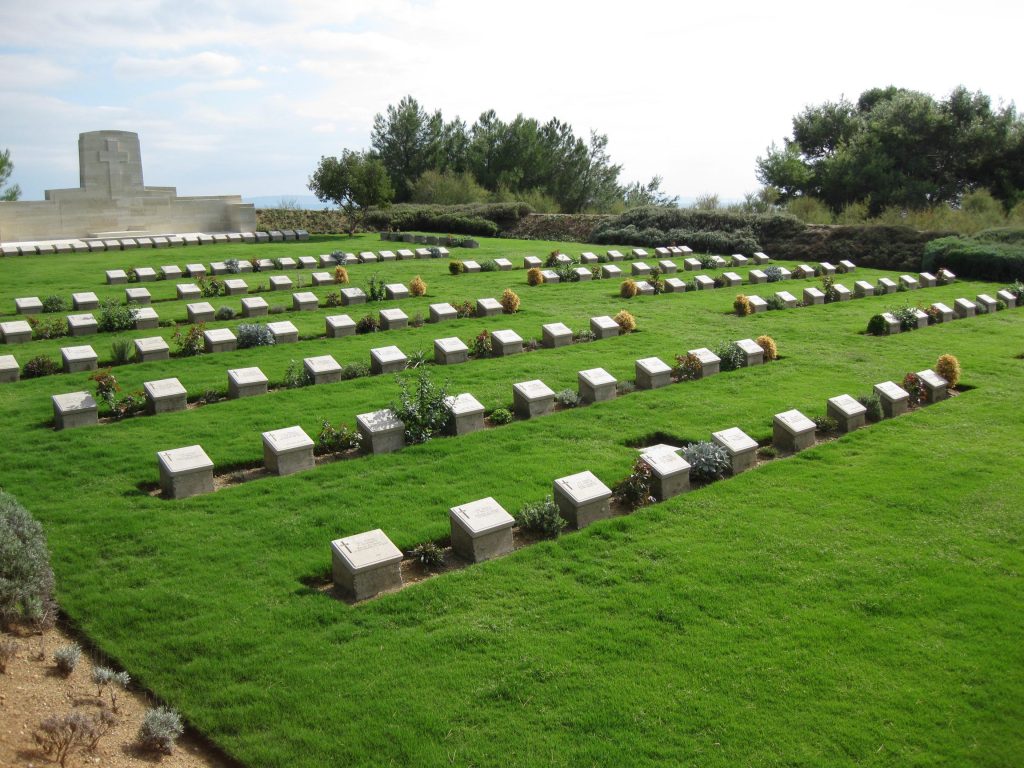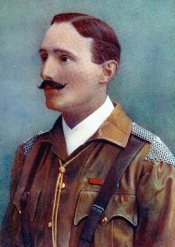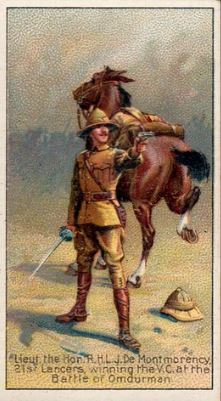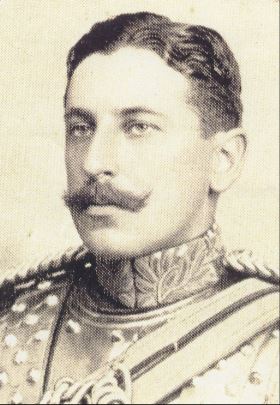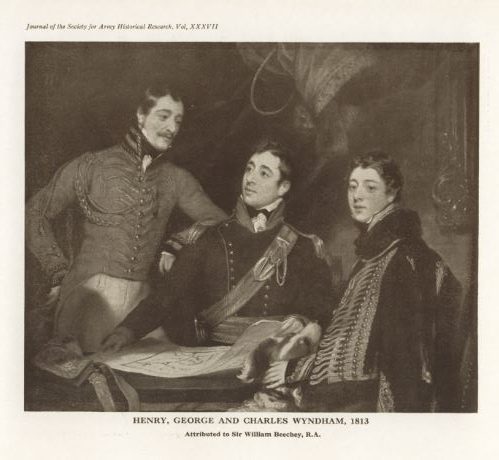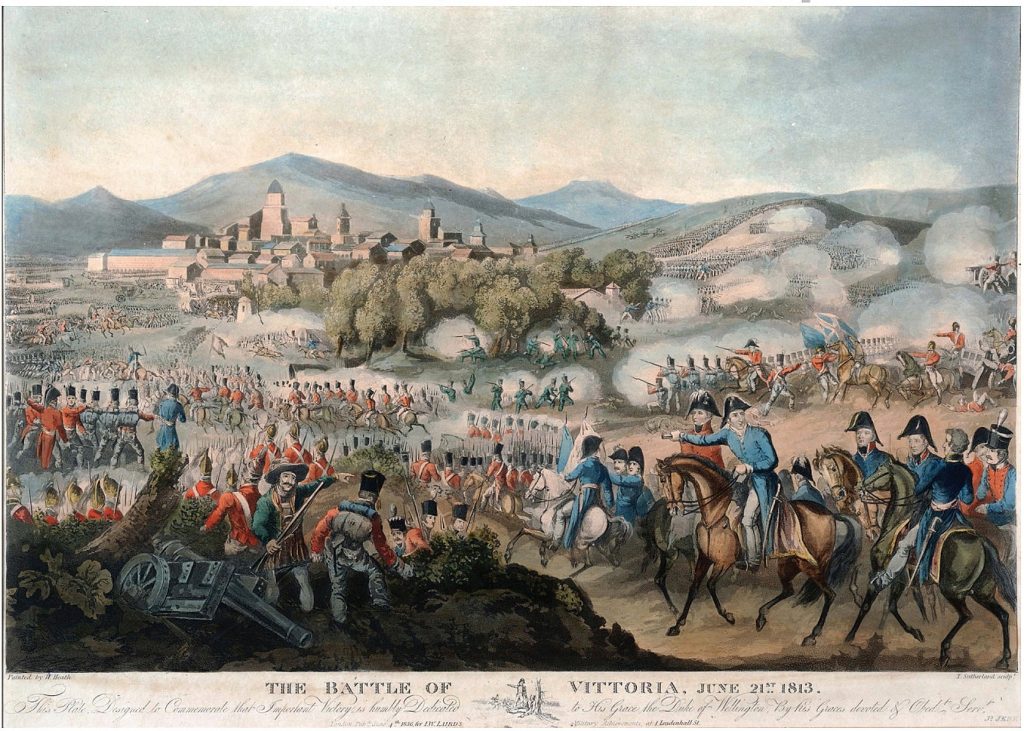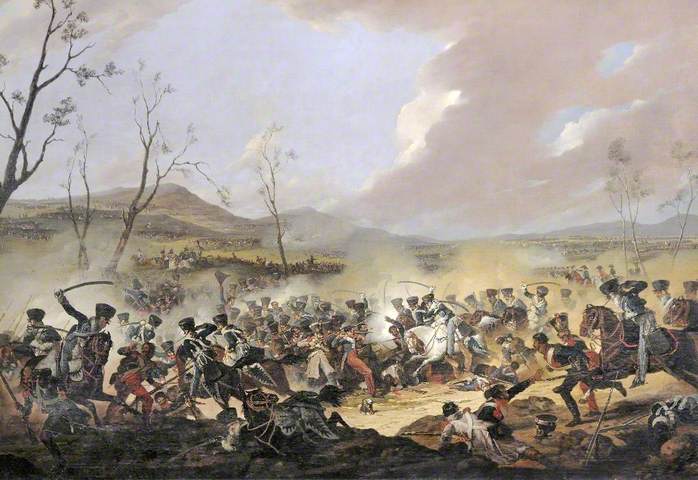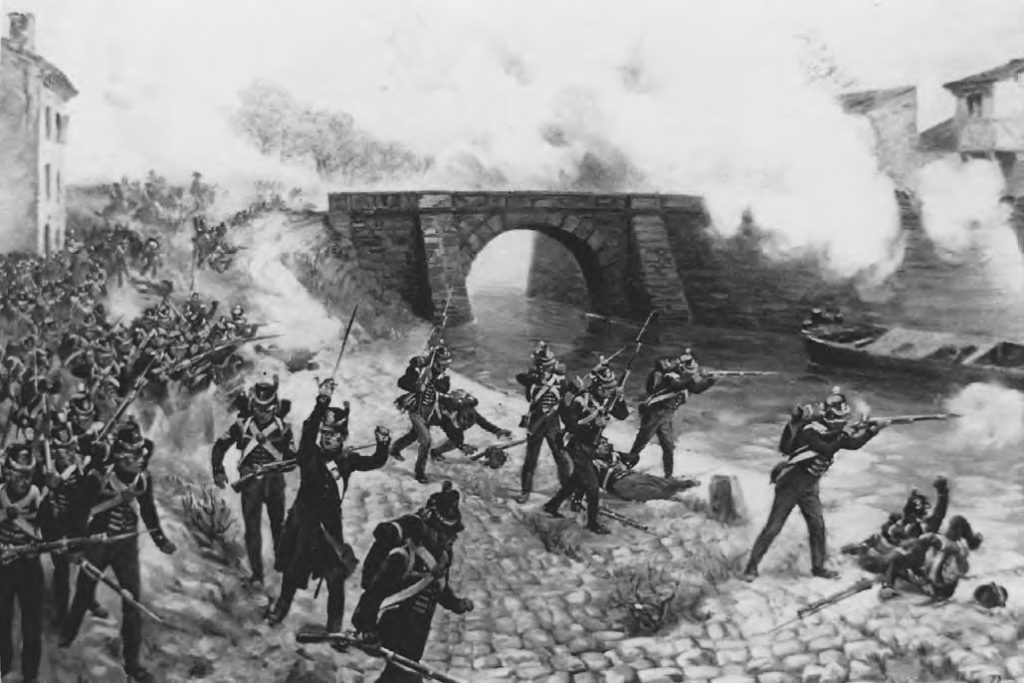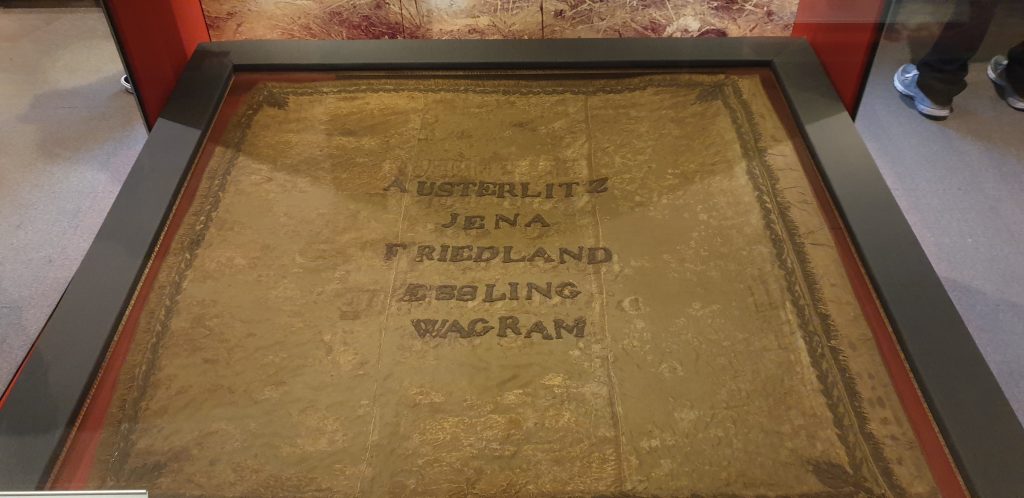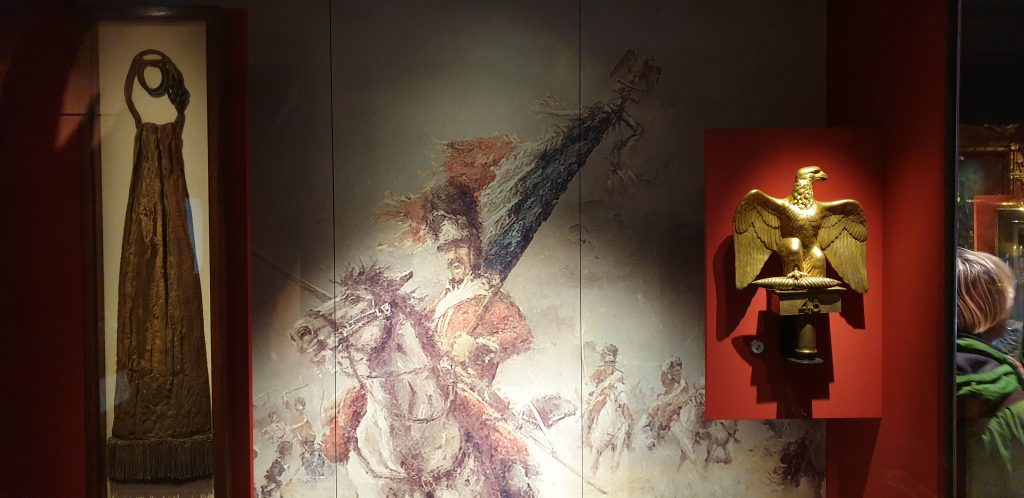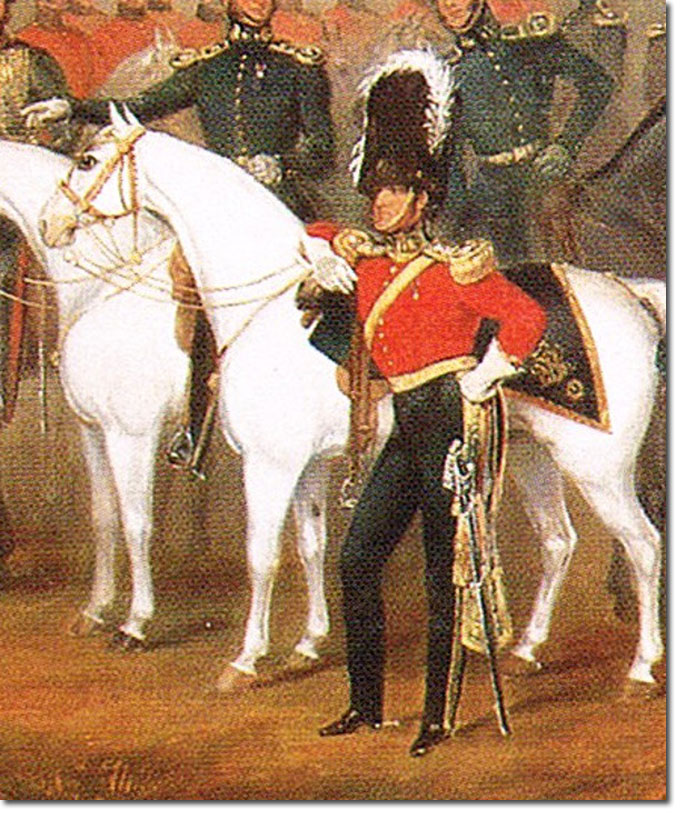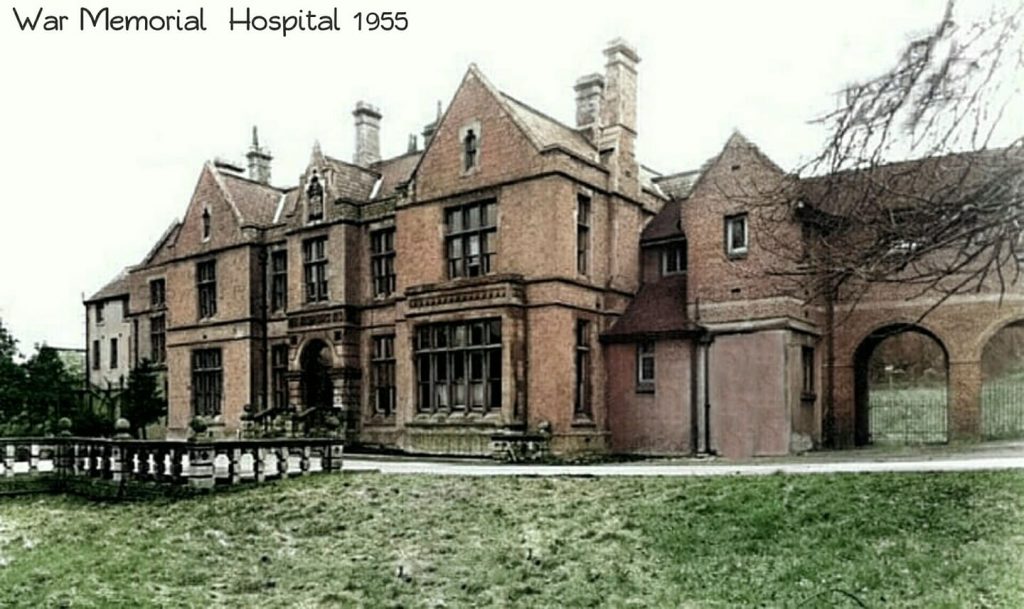Melton Mowbray has a rich and varied history that can be traced back hundreds of years. Archaeological remains from the Bronze Age (c.600BC), Roman (43-409AD), Anglo Saxon (500-650AD), and Viking/Danelaw (800-900AD) periods have all been found in the town and surrounding area.
There is lots of evidence of the Danes in the area as all along the Wreake Valley, the Danish suffix “-by” is common in the viilage names, e.g. in Asfordby, Dalby, Frisby, Hoby, Rearsby and Gaddesby.
However, the first documented evidence of Melton was in the Domesday Book of 1086 where it was listed as “Medeltun”. Medeltun or “Middletown” comes from it being a central township with a mother Church (St Mary’s) surrounded by 5 hamlets: Burton Lazars, Eye Kettleby, Sysonby, Welby & Freeby.
Another version of where Melton comes from is that it ortiginally was known as Milltown due to having a couple of watermills.
Whatever the correct origins of Melton are, I suppose we will never know, but over the years, the name “Medletun” or “Milltown” has morphed into what we know today as Melton.
The Mowbray part of the name comes from the Mowbray family who were granted the land after the Norman Conquest and became Lords of the Manor.
Another major part of the town’s rich history is the Melton Mowbray Town Estate which has been in existance since 1549 as a result of the dispute between King Henry VIII and Rome.
In 1549 in Melton, ther had been for almost two hundred years, a cell of the Priory of Lewes and it maintained a chantry house for the priests next door to St Mary’s Parish Church. This building was known as the Priory, but today we know it as the Anne of Cleves House. For more information about the Anne of Cleves house and one of it’s occupants, William Gonson who was a Vice Admiral in King Henry VIII’s Navy, see my blog Vice Admiral William Gonson.
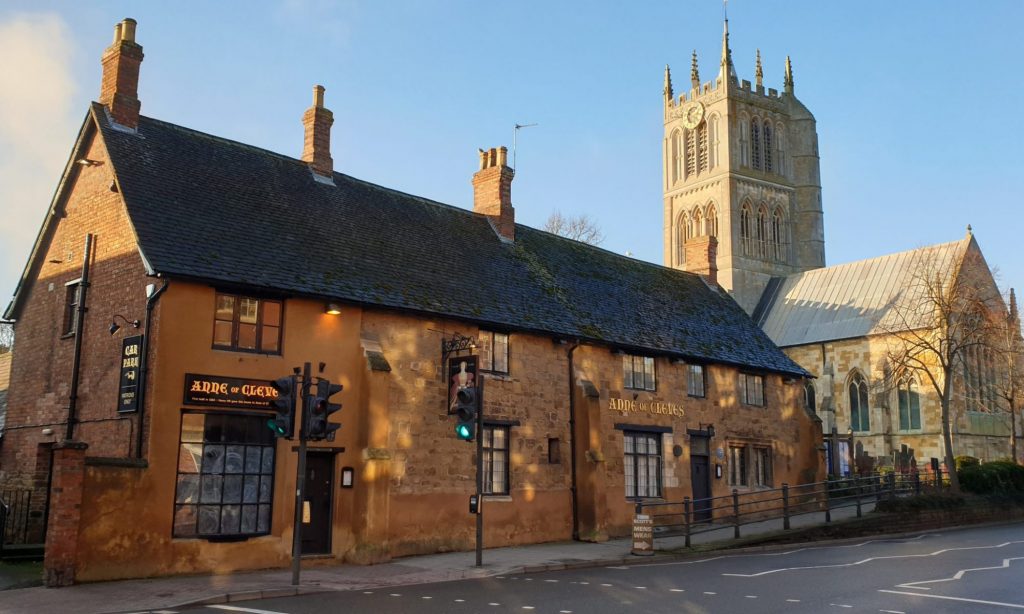
These priests that stayed at the Priory, served the chantries of the parish church of two local gilds of Our Lady of Mary the Virgin and St. John Divine. They were abolished in the next decade and their properties confiscated by the Crown.
Just how some of the lands owned by these gilds passed into the hands of what we know today as the Town Estate and not the Crown has been lost into the mists of history. But what we do know is that on the 29th September 1549, the land formerly owned by the Gilds passed into the ownership of William Gyles and Michael Purefey, who in turn sold them onto Christopher Draper. Christopher Draper was a Meltonioan who in 1569 became Lord Mayor of London.
Draper subsequently sold the land to the Churchwardens and their accoiunts dated 23rd November 1549 record: “Paid by Nicholas Cowlishaw to Christopher Draper of London this xxi day of November ffor a parsell of land with appertennces lately called the cheippal hosue in Melton bought to the town of Melton use xxi1” (£21.) It is thought that the money for this purchase came from the sale of Church silver.
In turn, Nicholas Cowlishaw and Thomas Postern conveyed these lands by the enfeoffment of 20 townsmen. The trusts deeds state that the income from the lands were “annually and for ever to pay and contribute to the support of a schoolmaster to teach and instruct boys in grammar in Melton Mowbray.” This is the foundation deed of the Melton Mowbray Town Estate and is dated 30th November 1549.

As part of the Melton Mowbray Town Estate 400th Anniversary Celebrations in 1949, during the Whit-week (6th – 11th June 1949), Melton Mowbray put on a huge birthday party known as the Melton Mowbray Whit Week Pageant celebrating the rich history of our wonderful historic market town.
Preparations for the event started months earlier with a public meeting being held in the Corn Exchange on Tuesday 22nd February 1949 at 7:30pm.
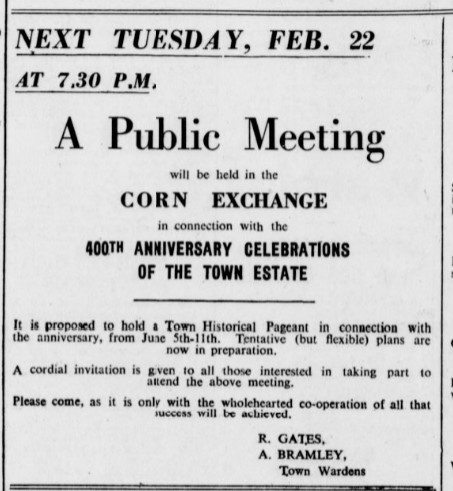
Nearly 200 people attended the meeting, and they not only expressed their interest in a historical pageant to celebrate the Town Estates 400th anniversary, but they also authorised the Town Wardens to spend £1,500 on the event.

The pageant celebrations lasted a week as local businesses, townspeople, villages, schools and the whole community from across the Borough marked the occasion.
Thousands of visitors came to Melton to watch the celebrations that made an appearance in the national press who wrote about the anniversary and one of the first outside BBC broadcast crews came to Melton, filming for the Around and About programme. Naturally, this news caused great excitement amongst locals who were keen to make sure that the town looked good.

Rehearsals took place in fields, gardens, village halls and churches across the Borough in preparation for the opening day on 6th June 1949. The pageant involved the whole community and cost £1,500 to put on.
The Melton Mowbray Times and Vale of Belvoir Gazette published on the 27th May 1949 published a small article about the recent Urban District Council meeting “Be Festive!” The chairman at Wednesday’s Urban Council meeting requested townspeople to make Melton look as festive as possible for the 400th anniversary of the Town Estate during Whit week. Most people would have flags left from previous highdays and holidays, and he suggested they were looked out and hung out.

As this was only four years after the end of the second World War, and food rationing was still in existance, Mr Anthony Nutting MP informs the “Melton Times” that he has done his best by persuading Dr. Edith Summerskill, Parliamentary Secretary in the Ministry of Food under Clement Attlee’s Government, to grant an extra allowance of tea, sugar and margarine so that light refreshments may be provided on each night of the Pageant.
Among the activities were agricultural shows, sports events, art shows and exhibitions and special church services. But the main event was a huge pageant telling the history of Melton Mowbray from the Saxon times to the Victorian era.
Owing to previous engagements, the Duke of Edinburgh was unable to accept an invitation to perform one of the opening ceremonies on one of the 6 nights of Whit week. The Duke & Duchess of Rutland accepted as well as the Baroness Ravensdale.
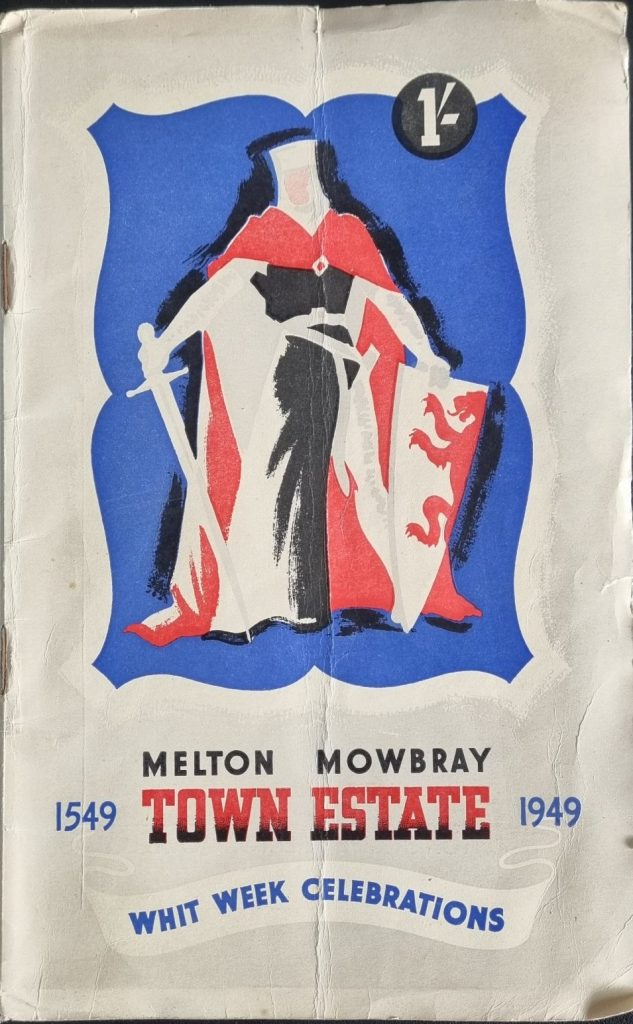
The pageant took place in Egerton Park where there was a grandstand for 1,500 people along with plenty of standing room. There were 200 seats at 5s, 300 at 4s and 1,000 at 3s. Marquees were also erected providing refreshment facilities.
Played against a tall green black-cloth of trees – trees that could have shaded Danes and Saxons, one thousand years of Melton’s history swept by in glorious pageantry.
The huntsmen and hounds of the Belvoir, Cottesmore and Quorn hunts, which through the century and a half of their existence had made Melton the centre of the hunting world, were seen at Melton’s Whit week pageant taking part in the conclusion of the Midnight Steeplechase scene. A meet of the hounds will include the traditional ceremony of the stirrup cup.
Civic Service
The Town Estate’s 400th anniversary celebrations opened on Whitsunday with a Civic Service in the Parish Church, at which the Bishop of Leicester preached. Prior to the service taking place, the past and present Town Wardens, the Feoffeees, the Executive Committee, the Member of Parliament, the Chairman and Members of the Urban and Rural District Councils, together with their principle Officers were received by the Vicar in the Colles Hall and escorted to the West door of the Church into their seats.
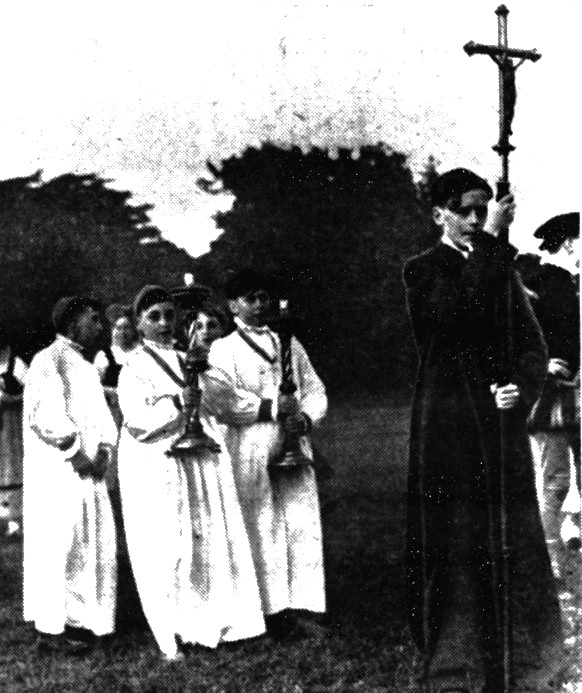
Before the service, a Chain of Office that was presented to the Town Estate by Mr. W. E. Katz, was handed by the Bishop of Leicester to Mr. R. W. Brownlow J.P., who placed it on the Senior Town Warden, Mr. R. Gates. The Chain consisted of a handsome, silver gilt ornament with a circular medallion carrying the town crest, a red lion rampant on a blue ground. It had an inscription around the medallion that read “Melton Mowbray Town Estate 1549-1949”. The medallion was on a guilt chain, supported by St. John of Jerusalem on one side and the Virgin Mary on the other, both of which recalled the two Melton guilds.
The service was conducted by the Rev. C. M. S. Clarke, M.M., M.A., Vicar, and the lesson was read by Mr. R. W. Bronlow, Senior Feoffee of the Town Estate.
Cricket Match and Exhibition
Whit Monday’s activities began in the morning with a cricket match between Egerton Park C.C. and Hawks C.C. (Yorkshire) on the ground adjoining the pageant arena. The match commenced at 11:30am, with a lunch break at 1:30-2:15pm and concluded when the stumps were drawn at 6:30pm.
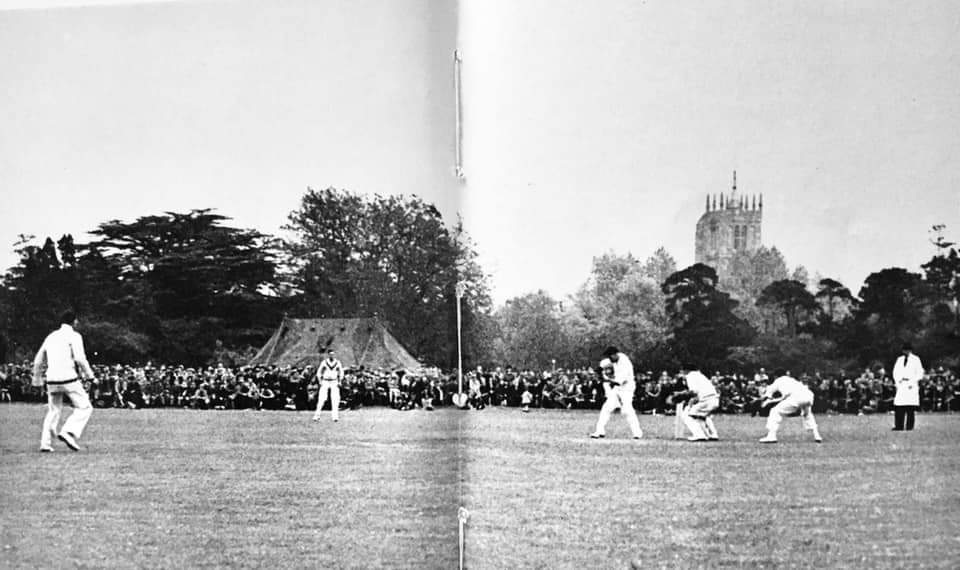
The Hawks opened the innings with the President of the Yorkshire League, Mr Herbert Robinson opening with Mr Brian Sellers. Sellers played in 334 first-class matches for Yorkshire County Cricket Club between 1932 and 1948.
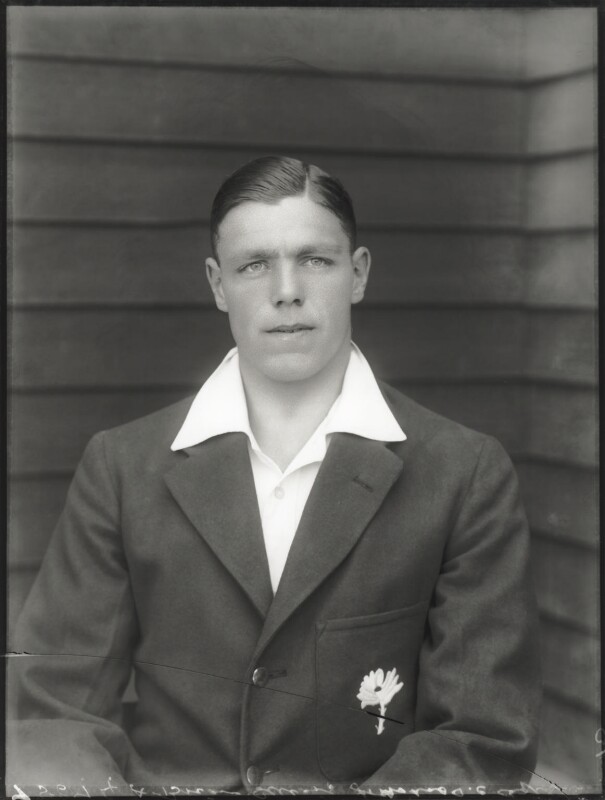
In the afternoon, Mrs. J. Burns Hartopp officially opened the exhibition of hunting pictures by John Ferneley, Sir Francis Grant and others and the exhibition of local photographs in Egerton Lodge. The original “Melton Hunt Breakfast” by Sir Frances Grant was loaned to the exhibition by the Duke of Rutland.
Among the many photographs and other artifacts on display, several stood out including local tradesman’s account books. Mr. E. Hayes, the fishmonger from the Market Place welcomed more donations from local tradesmen, but stipulated that they had top be at least 100 years old. Other documents included records from the Town Estate that were nearly 400 years old.
This exhibition remained open throughout the week and Mr. Guy Dixon, presided at the formal opening of it.
Before the pageant got underway, there was a display of folk dancing, singing, discus and javelin throwing by the residents of the Melton and Ashby Folville Polish Hostels.
On Monday, the pageant was opened by the Duke and Duchess of Rutland, who were introduced by Mr. Gates.
On Tuesday evening, a demonstration by the Poles again preceded the pageant and was opened by the Bishop of Leicester and introduced by Mr. A. Bramley, J.P.
Toy Soldiers
On the park greens on Wednesday evening there was a bowls drive organised by Melton and District Bowling Association for which novices were encouraged to enter.
In the evening, the pageant was preceded by a display by the Melton Mowbray Toy Soldier’s Band and again by the Poles. The pageant was opened by Lady Newtown Butler, and introduced by Dr. J. M. Manson.
Thursday’s events were again preceded by the Toy Soldier’s and the Poles display, and it was opened by the Earl and Countess of Gainsborough, who were introduced by Mr. A. P. Marsh, O.B.E.
After the pageant on Friday, which was opened by the Baroness Ravensdale who was introduced by Mr. R. W. Brownlow, J.P., there was a pageant costume dance in the Corn Exchange.
On the final day, there was another cricket match on the adjoining ground, this time between Egerton Park and Oakham. Following the display by the Poles, the pageant was opened by Mis Burns Hartopp, County Officer of St John Ambulance Brigade whow as introduced by Mr. Frank Easom.
Polish Handicrafts
From Monday to Friday, in the Girl’s Modern School on Wilton Road, there was an exhibition of Polish handicrafts in embroidery, wood and leather.
There was nearly 500 actors in the pageant, some of whom took part in more than one episode.
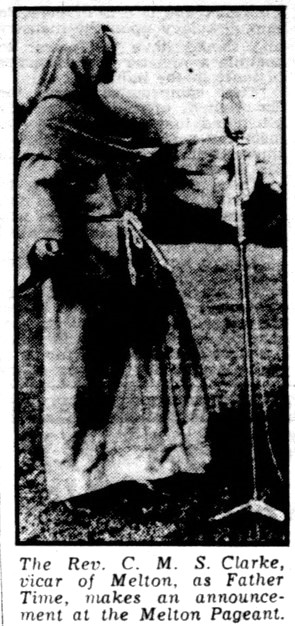
Spokesman in the prologue and epilogue, the figure of Time, was portrayed by the Vicar, Rev. C. M. S. Clarke, M.M.
The Episodes
Leading characters in the episodes were:-
Episode I
Saxons: Mr. L. Carter, David Downing, Derek Green, Brian McNeil, Miss Marjorie Craig, Mr. T. A. Bodycote, Mr. Stanley Jones, Rosemary Burditt, Miss Joan Jenkins, Dick Whittington.
Danes: Don Moss, Jocelyn Dry, Peter Dunckley, Gordon Hart.
Episode I depicted the Saxon settlement at Melton. As the largers buried their chieftain, Cealwin, the Danes swept down and overcame the Settlement.
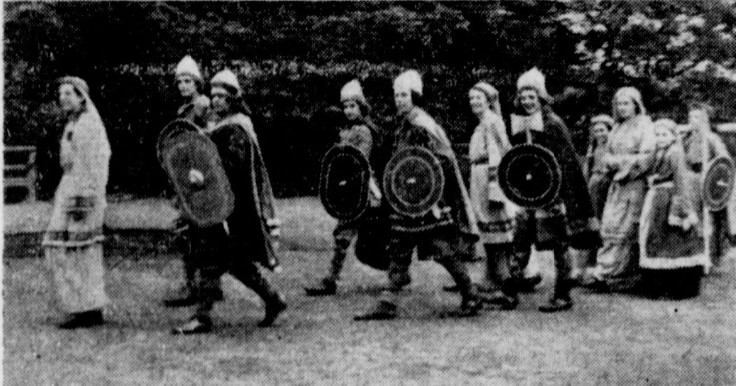
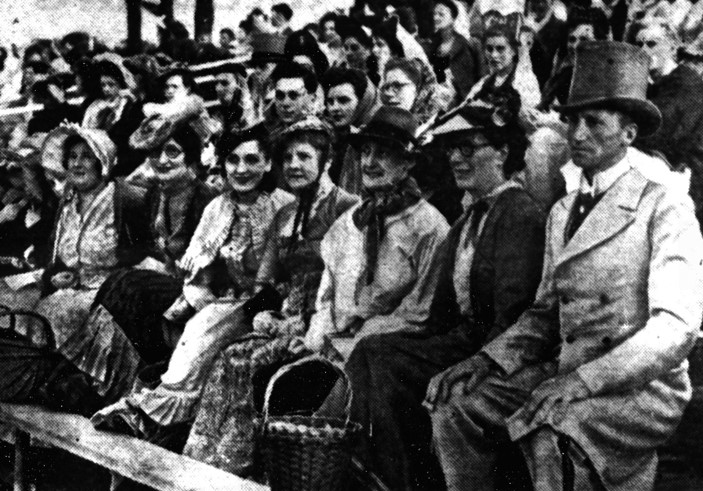
Episode II
Scene I: Mr. J. Mead, Mr. G Seagel, Mr. A. Healey, Mr. T. W. Pacey, Mr. E. Heawood, Mr. A. C. Shepherd, Mr. E. White, Mr. C. Poage, Mr. J. Smith, Mr. C. Broxholme
The scene, in the year 1160, shows Roger Mowbray, played by Mr. J. Mead, recently returned from the Crusades, making a grant of land to the Knights Templars in Melton for a hospital for the town, and land at Burton for a lepers hospital.
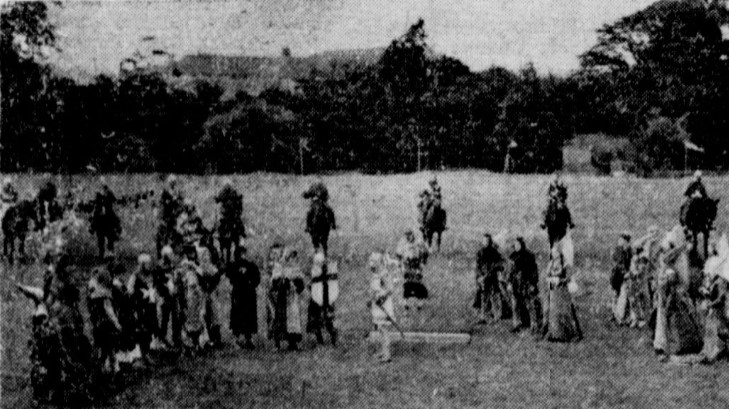
Scene II: Mr. M. J. Knights, Mr. M. Marsh, Mr. T. Gildove, Mr. G. Seagel, Mr. A. Stapleford, Mr. W. Hopkins, Mr. T . W. Pacey, Mr. A. Healey, Mr. C. Page.
In the courtyard of Melton Castle in 1194 A.D. Prince John’s partisans took William Mowbray as their prisoner (Mowbray is played by Mr. Maxwell Knights). Richard Coeur de Lion arrived on horseback (the part was played by Mr. Michael Marsh) and rescued the Lord of the Manor of Melton.

16th Century Grammar School Boys
Episode III
Mr. A. Bennett, Mr. J. R. Holton, Mr. A. Goddard, Mr. C. Foyster, Mr. M. Sweeney, Mr. A. Nudds, Mr. A. McDonnell, Mr. Plummer, Miss D. Buckley, Miss J. Toon, Mr. J. Griffin, Mr. R. Brown, Mr. P. Bolger.
A group of 16th century Melton Grammar School boys were on the scene when the King’s Commissioners stopped processions of the Melton Guilds, led by priests and lay members carrying banners. The guilds were suppressed and it was suggested that their lands were to be purchased on behalf of the town with the income being used to support the school and be administered by a town estate.
“Lord Mayor” in Coach
Episode IV
Mr. Brander-Rimmer, Mr. Barksby, Mr. L. Routh, Mr. Clarke, Mr. C. A. Plumb, Mr. P. Cox, Mr. P. Maher, Mr. R. Sutton, Mr. D. Lark, Mr. A. Bewley.
A colourful Elizabethan faire scene that included the arrival of a Meltonian, Alderman Sir Christopher Draper, Lord Mayor of London, in his coach. The part was played by Mr. Brander-Rimmer.
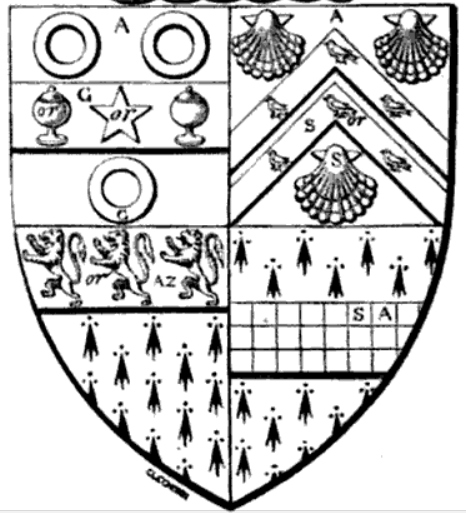
Sir Christopher Draper was the son John Draper & Agnes Gunston being born in Melton Mowbray circa 1511. He was a member of the Worshipful Company of Ironmongers and became their Master, being elected for the last time in Apr 1581. He was also the Sheriff of London in 1561 and the Mayor of London in 1566.
Taking part in the Elizabethan Faire must have been the youngest performer, two-and-a-half-year-old Christine Lowesby who skipped around happily with her mother, although she was wheeled home in her pushchair after the event.

Thirteen-year-old William Pycroft, son of Mr. and Mrs. J. R. Pycroft of 7 Brookfield Street was to have taken part in the Elizabethan Faire as a “tumbler”, but disappointingly for him, before the event started, he fell from a tree in Egerton Park which prevented him from taking part as he was taken to Melton’s War Memorial hospital suffering from concussion as was admitted with a suspected fracture to the base of his skull.
Episode V
Mr. J. L. Smith, Capt. W. Richey, M.B.E., Private J. Rogers, Capt. W. Harris, Sgt D.H. Smith, Sgt G. R. Bennett, Capt. D. E. Harris, Sgt R. Smith, Pte F. H. A. Pocock and members of the Boy’s Brigade.
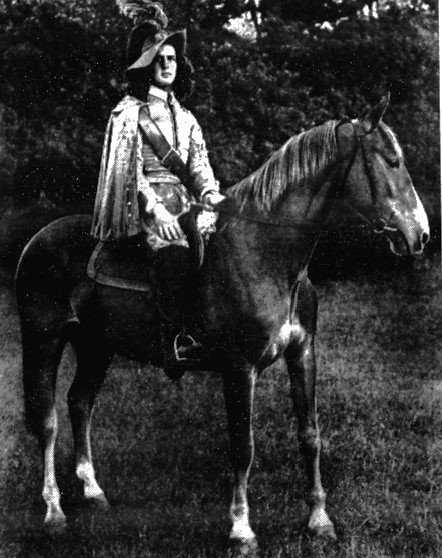
Two short scenes featuring Roundheads and Cavaliers took place culminated in a battle that took place at the top of Ankle Hill in 1645 and resulted in heavy casualties. The R.A.V.C. horses were seen in great advantage during the action.
Pie for Queen Victoria
Episode VI
Was mainly crowd scenes showing the cheese market. Queen Victoria was played by Mrs. Mayo, and the R.A.V.C. were responsible for the Midnight Steeplechase, after which Queen Victoria was presented with a Melton Pork Pie.
The steeplechase was held in honour of Lady Augusta Fane’s birthday and was won by Major Burnaby, with Count Zbrowski coming secoind after being thrown at the last fence. The riders from the R.A.V.C. would wear white nightshirts over their red coats.
Mr. H. L. Barnes, A.R.C.O. composed the music for the pageant and the Pageant Master, Mr. George Irving, wrote the words of the pageant song.
The Melton Town Band under direction of their bandmaster Cyril Walker took part and the choir, conducted by Mr. Barnes consisted of members of St Mary’s Parish Church Choir, Melton Choral Society, Melton Singers, Sage Cross Methodist Choir, Sherrard Street Methodist Choir, Baptists Chapel Choir, Asfordby and Hinckley Choral Societies and the Townswomen’s Guild.
In addition to the choir, there were over 450 costumed performers in the pageant including boys from the Grammar School, as well as tradesmen, solicitors, clerks, typists, accountants, farmers and a tax inspector. Horses and riders were provided by the R.A.V.C. and hounds from the Belvoir, Cottesmore & Quorn hunts.
It was reported that the number of visitors far exceeded expectations with holiday makers from Leicester, Nottingham and other towns flocked into Melton. A total of 13,301 visitors attended the pageant with 9,856 watching the agricultural show; 5,000 supporting the Polish exhibitions and 2,209 visiting the art exhibition.
But what did people remember of the celebrations?
Would it have been the enthusiastic Saxons building their pea stick fires, burying their chieftain and the battle with the helmeted Danes?
How about the minstrel’s song and King Richard’s visit or the messenger’s swift leap from his horse?
Could it have been the unspectacular but yet pleasant procession of the Melton Guilds?
Or what about the Elizabethan Faire which was most colourful of all the scenes played out with its small, agile tumblers, maypole dancing and playing boys?
Was it the youthful verve and vigour of the battle between the red-coated white collared Roundheads and romantic Cavaliers?
Or maybe the 19th Century scene with its cheese fair, Queen Victoria’s visit and the acrobatics of nightgowned Midnight steeplechase riders, or the huntsman’s horn as the hounds nosed around the crowds while riders in red coats were handed a stirrup cup?
A reporter who “sampled” the comments of the audience found fairly general agreement that the Elizabethan fair, the mounted battle and the hounds with riders in hunting red were the most outstanding events of the pageant.
One woman said that when she saw the two opposing forces of horsemen beginning to gallop towards each other, she shut her eyes, afraid of the consequences – a tribute to the realism of the affray. One of the R.A.V.C. Roundhead riders in the Civil War scene was thrown from his horse as the two sides charged. He was not hurt but his horse received a ‘slight’ sprain to one of its legs.

Following the appeal from the Urban District Council meeting for the town folk to be festive, townspeople and tradesmen hung out flags and bunting from their homes and businesses.
Shop keepers took part putting displays in their shop windows ranging from fish to old records and most shops dressed their windows with backgrounds of coloured crepe paper, bunting or flags.
A butcher’s shop had a fish tank in which tropical fish swam alongside aquatic plants. A plumber’s shop also adopted the idea of an aquarium for the central feature of its unusual display.
A firm of bootmakers displayed boots and shoes in different stages of manufacture as well as miniatures of shoes and hunting boots on display next to a 200-year-old leather bottle. On a 100-year-old shoemaker’s bench was perched a foot high model of a shoemaker wearing a blue apron and nodding as he hammered nails into the sole.
The display in a chemist’s shop included old professional books, one of which was printed in 1776. They also displayed samples of medicines made from foxgloves and a metal pestle and mortar that was 100 years old which together weighed more than a hundredweight.
One office window displayed a deed from 1668 that related to a property in Sherrard Street from the reign of King Charles II. In the window of a ladies’ wear shop was a gracefully gowned figure of a lady gowned in rose pink crepe paper trimmed with half d’oyleys for lace.
A B.B.C. reporter that went to the Monday pageant, after absorbing the background of the celebrations, saw the performance of the pageant at night. The result was an 800 word broadcast after the 6 O’clock Midland Regional News on Wednesday. It was a compact, mellifluous word picture of the pageant that was interesting to listen to and smooth with praise for those involved with the creation of the show.

